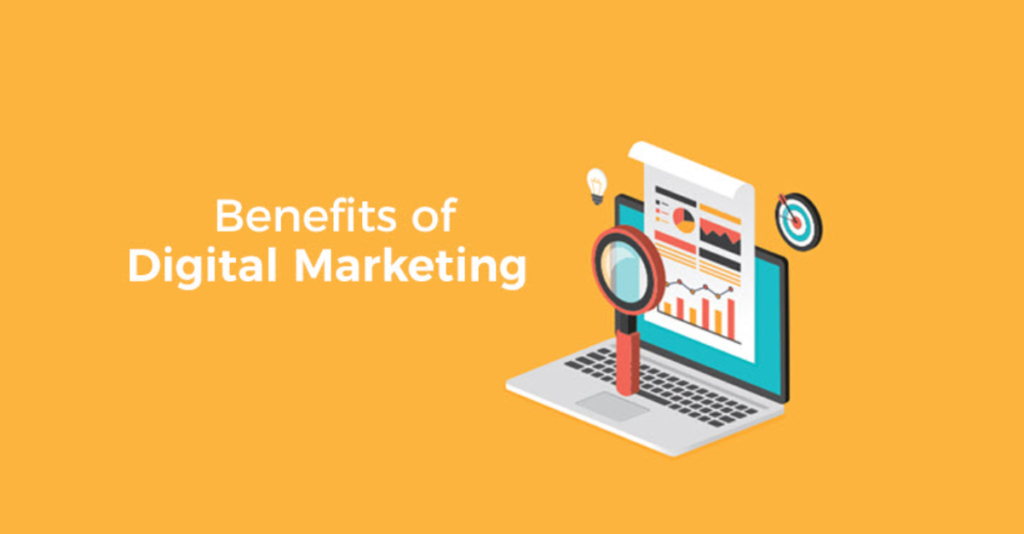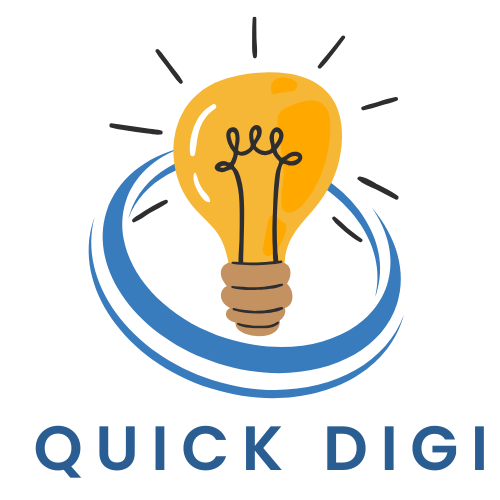Digital marketing has become the backbone of modern business strategies across the globe. With the rise of the internet, smartphones, and social media, companies now have more ways than ever to reach their audiences. But what exactly is digital marketing, and why is it so crucial in today’s business landscape?
Understanding Digital Marketing

Digital marketing is the promotion of products, services, or brands using digital channels and technologies. Unlike traditional marketing, which relies on print, TV, or radio advertisements, digital marketing leverages the internet and electronic devices to reach potential customers. The goal is not just to sell products but to build relationships, engage audiences, and create a strong online presence.
This type of marketing uses a variety of channels including search engines, social media platforms, email, websites, and mobile apps. Through these channels, businesses can target specific audiences, measure results, and adjust strategies in real-time.
Key Components of Digital Marketing
Digital marketing is not a single method but a combination of multiple strategies. Here are the most widely used components:
1. Search Engine Optimization (SEO)
SEO is the process of optimizing a website to rank higher in search engine results pages (SERPs). By using the right keywords, improving website structure, and creating quality content, businesses can increase organic traffic. In India, where millions of users search online daily, SEO is a critical tool for visibility.
2. Social Media Marketing (SMM)
Social media platforms like Facebook, Instagram, LinkedIn, and Twitter allow businesses to interact directly with their audience. Companies can share updates, promotions, and engaging content to build brand awareness and loyalty. Social media marketing also helps businesses target specific demographics based on interests, location, and behavior.
3. Email Marketing
Email marketing is one of the oldest forms of digital marketing but remains highly effective. Businesses send newsletters, promotions, and personalized messages to subscribers. It helps in nurturing leads, keeping customers informed, and driving conversions.
4. Content Marketing
Creating valuable content—such as blogs, videos, infographics, and podcasts—helps attract and engage a clearly defined audience. Content marketing not only informs users but also builds trust and authority in a niche. For example, educational blogs on financial services or technology can help companies establish themselves as industry leaders.
5. Pay-Per-Click Advertising (PPC)
PPC is a form of online advertising where businesses pay for each click on their ads. Platforms like Google Ads and social media channels allow precise targeting. PPC is a fast way to reach potential customers, especially when launching new products or campaigns.
6. Influencer and Affiliate Marketing
Influencer marketing involves collaborating with individuals who have a large online following to promote products or services. Affiliate marketing, on the other hand, allows partners to earn commissions by promoting a company’s products. Both strategies are widely used in India, especially in fashion, beauty, and tech sectors.
Benefits of Digital Marketing

Digital marketing offers several advantages over traditional methods. Some of the key benefits include:
- Cost-Effectiveness: Digital campaigns are often less expensive than TV or print ads. Even small businesses can run effective campaigns online.
- Measurable Results: Tools like Google Analytics provide real-time data on campaign performance. Marketers can track traffic, clicks, and conversions to optimize strategies.
- Targeted Reach: Businesses can focus on specific demographics, interests, and behaviors, ensuring that their marketing efforts reach the right audience.
- Global Reach: With the internet, even small businesses can access a global audience, breaking geographical barriers.
- Flexibility: Digital campaigns can be modified quickly based on performance, allowing continuous improvement.
Digital Marketing in the Indian Context
In India, digital marketing has seen rapid growth over the last decade. Rising internet penetration, affordable smartphones, and increased social media usage have created new opportunities for businesses of all sizes. Platforms like WhatsApp, YouTube, Facebook, and Instagram have become key channels for marketing campaigns.
Local businesses, from textile shops in Panipat to coaching centers in Delhi, are leveraging digital marketing to attract both local and national customers. E-commerce platforms like Flipkart and Amazon rely heavily on digital strategies, including SEO, PPC, and influencer marketing, to drive sales and build brand loyalty.
Emerging Trends in Digital Marketing
Digital marketing continues to evolve at a fast pace. Some of the latest trends shaping the industry include:
- Artificial Intelligence (AI): AI is enhancing personalization, customer service, and predictive analytics. Chatbots, for instance, are helping businesses provide instant support.
- Video Content Dominance: Short-form videos on platforms like Instagram Reels and YouTube Shorts are becoming central to engagement strategies.
- Voice Search Optimization: With the rise of devices like Google Home and Alexa, optimizing content for voice search is becoming important.
- Augmented Reality (AR) Experiences: AR allows customers to try products virtually before buying, improving engagement in sectors like fashion, beauty, and real estate.
Challenges in Digital Marketing
While digital marketing offers numerous benefits, it is not without challenges. Increasing competition, algorithm changes on social media platforms, and rising digital ad costs require marketers to continuously adapt. Privacy regulations, such as data protection laws, also impact how businesses collect and use customer data.
Conclusion
Digital marketing has transformed how businesses reach and engage with their audiences. It offers cost-effective, measurable, and highly targeted solutions that traditional marketing cannot match. In India, the adoption of digital strategies is accelerating, making it essential for businesses to build a strong online presence.
